The most recent episode of Satsang Conversations whisks us to the Sant Talim Kendra in Sarangpur, Gujarat, where a circle of sādhu-students reflect on Vachanamrut Gadhadā II-7, “A Poor Man.” Though the passage is short, its message is disarmingly practical: our inborn swabhāvs – habits such as anger, stubbornness, jealousy or ego – are the hidden disease that keeps us from tasting lasting peace. The cure, Shriji Maharaj explains, begins with vairāgya (detachment), but for most of us it flowers through one very concrete discipline: atiśay sevā – stepping beyond comfort to serve the Satpurush and his Satsang.
The sadhus begin by unpacking Muktānand Swami’s opening question. Modern culture celebrates “being yourself,” they note, yet Maharaj insists that certain traits actively obstruct devotion. If we only treat symptoms – a passing quarrel or a bite of envy – the root infection returns. The disease is the swabhāv; the prescription is to uproot it. History, scripture and personal life alike confirm the truth: whether it was Napoleon’s sleepless ambition or Duryodhan’s corrosive jealousy, attachment to ego leaves even the mighty miserable.
Maharaj’s first answer seems daunting: real freedom comes when vairāgya is so deep that body and world no longer magnetise the mind. Sensing the audience’s unspoken worry – What if we aren’t paragons of renunciation? – Muktānand Swami asks a second, compassionate question: “If we lack such vairāgya, what should we do?” Maharaj’s reply is surprisingly accessible. Pour yourself into atiśay sevā: serve “past your limits,” he says, and do so firmly anchored in the guru’s agnā. That effort draws the Satpurush’s kṛpā draṣṭī – a gaze of grace that dissolves inner vices faster than years of solitary struggle.
To make the teaching tangible, the panelists recount the two-year whirlwind that built BAPS Swaminarayan Akshardham in Robbinsville, New Jersey. Over 12,500 volunteers – doctors, teenagers, retirees and new immigrants – lived Maharaj’s formula. They rigged stone in 100-degree heat, learnt Gujarati after midnight, and swapped cushy offices for hard hats and primus stoves. The common thread was seva done “with samp,” the harmony Mahant Swami Maharaj asked for in a single line of blessings. Truck drivers felt the atmosphere the moment they arrived; workers found procrastination melt into focus; egos that once bristled on corporate teams quietly bowed to one another onsite.
The conversation then zooms in on what happens when seva becomes a lifestyle, not a spurt. Sadguru Dr Swami’s marathon padhramanis in the 1980s, Tyāgvallabh Swami’s five decades of kitchen duty, and businessman Subāshbhai Sanghavi’s silent sacrifices during East-African visits all illustrate Maharaj’s phrase “agnā-mā mandyo re” – steady perseverance. Whether monk or householder, each testifies to the same outcome: an interior calm so complete that cold water, coarse food or worldly acclaim hardly register. The outside world may only see temples and events; the insider feels a quiet revolution of the heart.
So where does that leave the rest of us? The sadhus end with a gentle challenge. We can sit in sabhā like spectators watching game film, noting flaws in ourselves or others, but nothing changes until we lace up and play. The next chair we set up, the next spreadsheet we balance, the next meal we cook for a mandir function – any task embraced as atiśay sevā – becomes a fitness plan for the soul. Done consistently, that seva invites the same transforming glance that lifted the builders of Akshardham and the saints of old.
Vachanamrut Gadhadā II-7 is, at heart, a spiritual life-hack. Diagnose the real illness – swabhāv. Take the prescribed medicine – daring, guru-centric seva. Keep the daily dose steady. In time the rest is pure gift: Maharaj’s grace, freedom from inner turbulence, and a taste of the unhindered happiness we were seeking all along.
Vachanamrut Gadhada Section 2 – 7: https://anirdesh.com/vachanamrut/index.php?format=en&vachno=140
Vachanamrut Study Application: thesatsanglife.com/vachanamrut
Location: BAPS Shri Swaminarayan Mandir, Sarangpur (https://maps.app.goo.gl/fcuW7EkP3oqcvRft7)






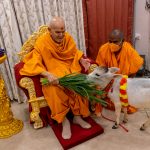
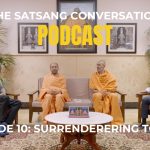
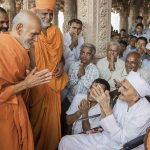

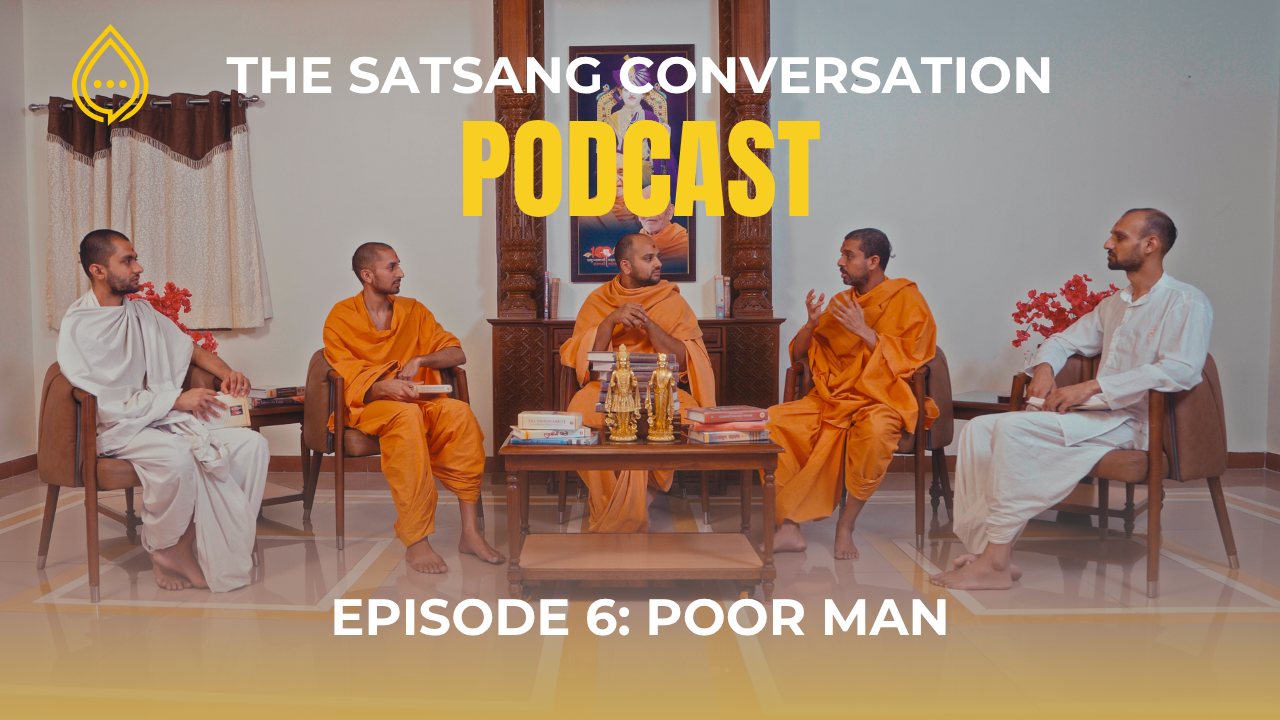
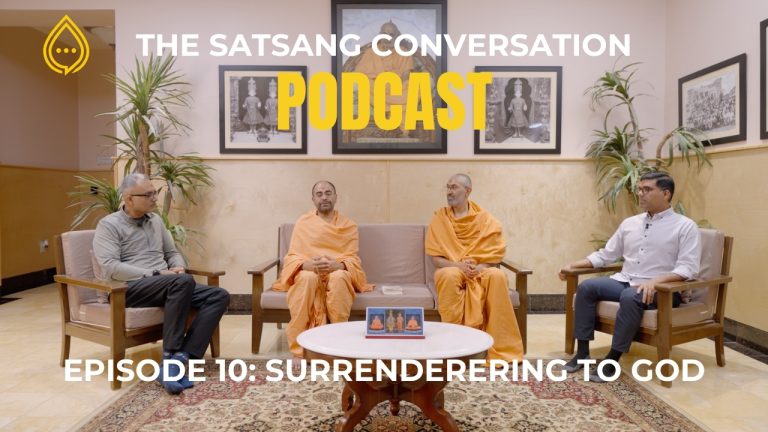


+ There are no comments
Add yours